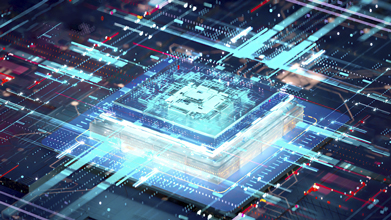BOSTON, MA – NOVEMBER 15, 2022 – The Industry IoT Consortium® (IIC®) announced it had updated its Industrial Internet Reference Architecture (IIRA). The IIRA Version 1.10 addresses the challenges of current industrial IoT systems and industry trends, such as the convergence of IT and OT, digital twins, systems comprised of independent systems, and the inclusion of “non-human” digital users.
“As the industrial IoT becomes common knowledge and widespread across industries, how to architect and update systems remains relevant and evolving,” said Shi-Wan Lin, CTO, Yo-i Information Technology and one of the authors of the framework. “V1.10 of the IIRA improves its usefulness with new development trends.”
“We updated the framework following feedback from IIC members who have used the IIRA for several years,” said Daniel Young, Senior Manager at Toshiba America and one of the authors of the framework. “Their suggested refinements reflect their real-world experiences. V1.10 of the IIRA helps practitioners who develop industrial IoT systems across industries meet their system requirements.”
The foundational views of the IIRA (Business, Usage, Functional, and Implementation) have not changed. Still, the IIC revised and extended the sections to address how organizations use the views. For example, the new IIRA includes mapping essential industrial IoT functions to system requirement categories. This helps organizations understand which functions will best meet their needs.
Another addition to the IIRA V1.10 is a new set of Architecture Patterns that system designers can use to tailor standard system features and implementations. The IIRA V1.10 also illustrates how system designers can overlay patterns with each other (or with different architecture patterns) to help them build new system implementations from a collection of well-understood models.
The IIC Technology Working Group developed this foundational document. Please download the IIRA Version 1.10 from the IIC website for more information and a complete list of the authors.
Industry IoT Consortium
The Industry IoT Consortium delivers transformative business value to industry, organizations, and society by accelerating the adoption of a trustworthy internet of things. The Industry IoT Consortium is a program of the Object Management Group (OMG).





